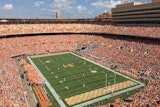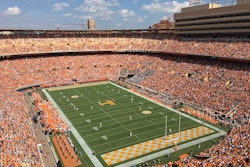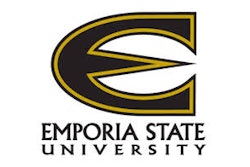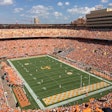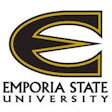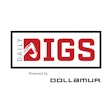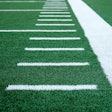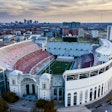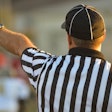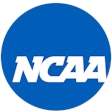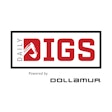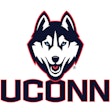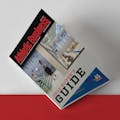There's nothing light about a typical large skylight. Much of the cost of bringing natural illumination into a lobby space is a result of weight, of the glass and frame, and of the structure required to hold it up.
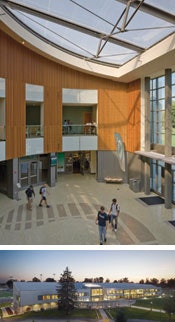 Photo of skylights at the WELL on the campus of California State University, Sacramento
Photo of skylights at the WELL on the campus of California State University, SacramentoThere's nothing light about a typical large skylight. Much of the cost of bringing natural illumination into a lobby space is a result of weight, of the glass and frame, and of the structure required to hold it up. San Francisco-based Hornberger + Worstell, working in association with AECOM Ellerbe Becket, took a different tack at The WELL on the campus of California State University, Sacramento, utilizing a skylight from Vector Foiltec made of Texlon®, a thermoplastic material similar to that specified for Beijing's "Water Cube" Olympic aquatic center. Essentially pillows of air, the thermoplastic panels are mechanically inflated to give the skylight its spanning properties and to allow the amount of light that enters the space to change as small frits within the skylight move closer together or farther apart with adjustments to the inflation level. According to AECOM Ellerbe Becket, use of the lighter-weight skylight saved $600,000 from an initial cost estimate of $1.3 million.













